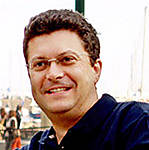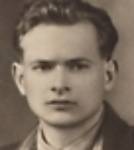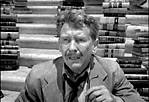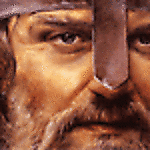Hi all.
This pretty much concludes the Australian Light Patrol Car build, except for some figures eventually. In spite of the problems with the kit

it was a lot of fun, and I learned a lot researching the history of the Australian Light Horse and its 1st Armoured Car Section and attached light patrol cars, as well as the Model T Ford itself. Incidentally, the cars all had names, although they don't appear in the pictures. The nameplates were transferred from the old cars handed over to the Australians by the British with, as Captain E. H. James said, "the mud of three continents and scars from many battles" to six new Fords at the outset of the Palestine campaign in December, 1917.
Quoting again from Captain James, "there was ANZAC, (so named because it was supposed to have been used on the peninsula at Gallipoli) and was the oldest car in the patrol. Then came BILLZAC which was generally the companion to ANZAC. OTASEL received its name from its tendency to warm the feet of its occupants and SILENT SUE because it was the quietest car in the fleet. IMSHI was so named on account of its speed capabilities, (IMSHI being the Egyptian word for clear out.) No. 6 car was generally known as BUNG. This car carried the spare ammunition and some said that this was the reason for its name, but some held that there were other reasons."

Front quarter view. The radiator was reduced to scale from a photo and printed out in black and white on my printer. With a steel nib pen and gold paint, I carefully filled in the emblem, then cut out the radiator and mounted the image in the radiator shell with decoupage stuff.

Left side view showing the spare tire mount. The leather straps are painted strips of waterproof adhesive tape.

Rear quarter view, showing the dash board and floor pedals.

Right side view showing the scratch built cans on the running board. I have no idea what they contained, as there were no color standards at the time. They could have held water, gasoline/petrol, kerosene/paraffin, or lubricating oil. The Model T Ford had a true multi-fuel engine and could burn gasoline, kerosene, and alcohol. I suspect that with an updraft carburetor located low on the side of the engine and no air or oil filters, they probably burned a lot of oil too.

Another right side view. For those unfamiliar with the Model T, the model rests atop a Model T spark coil, one of four which resided in a box on the dashboard, buzzing away like a wasp's nest while supplying energy to the spark plugs. I acquired that particular coil from a junk yard eons ago when I was in high school to ignite a model liquid fuel rocket engine. No, it didn't fly. Strictly a bench test.

Left side view atop the same base.
I haven't done any weathering except for a little smudging and dry brushing with Humbrol khaki which is slightly darker and flatter than the Krylon spray used as a base coat. The tires and radiator got a light dusting of talcum powder.
Cheers,
Dick
























































